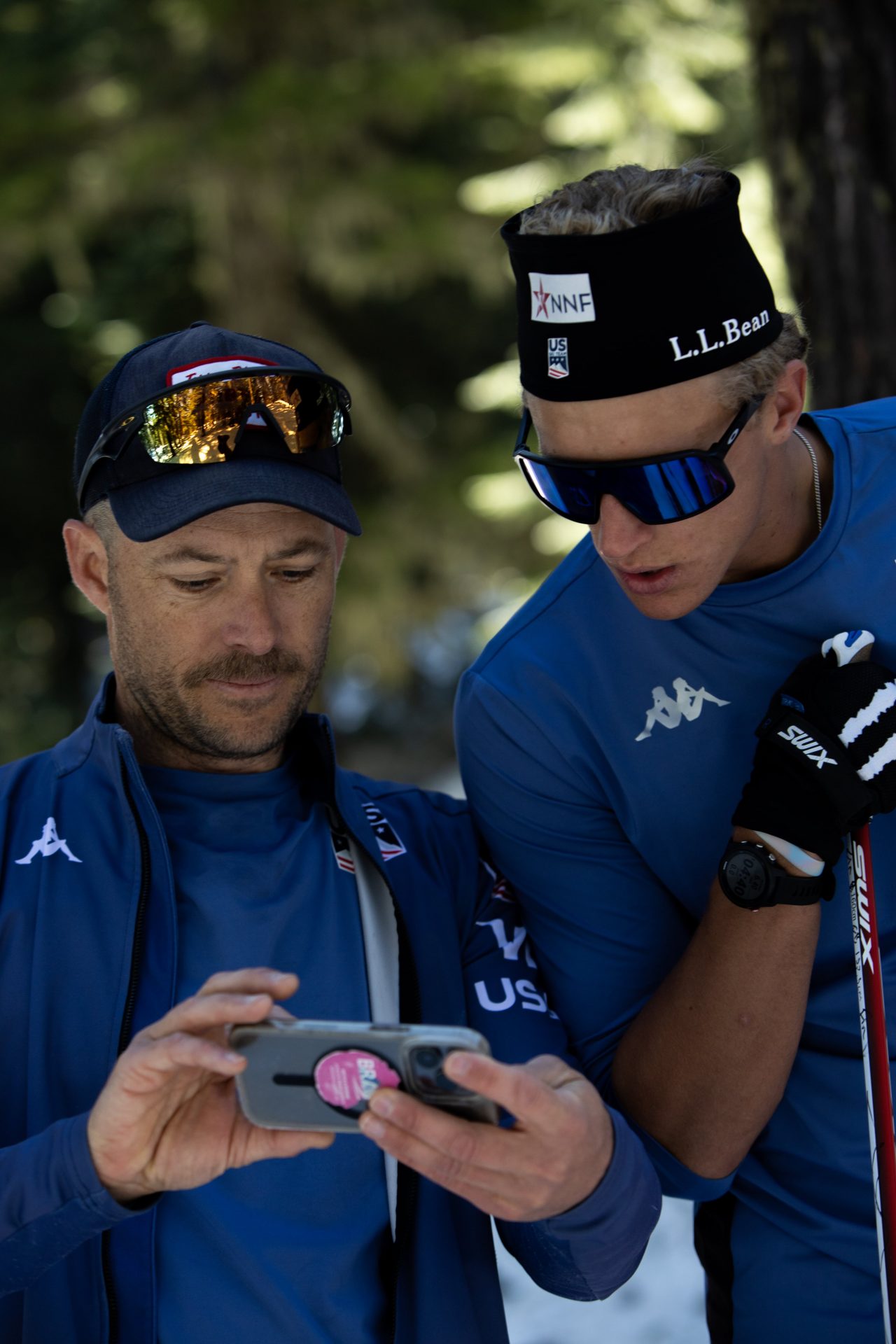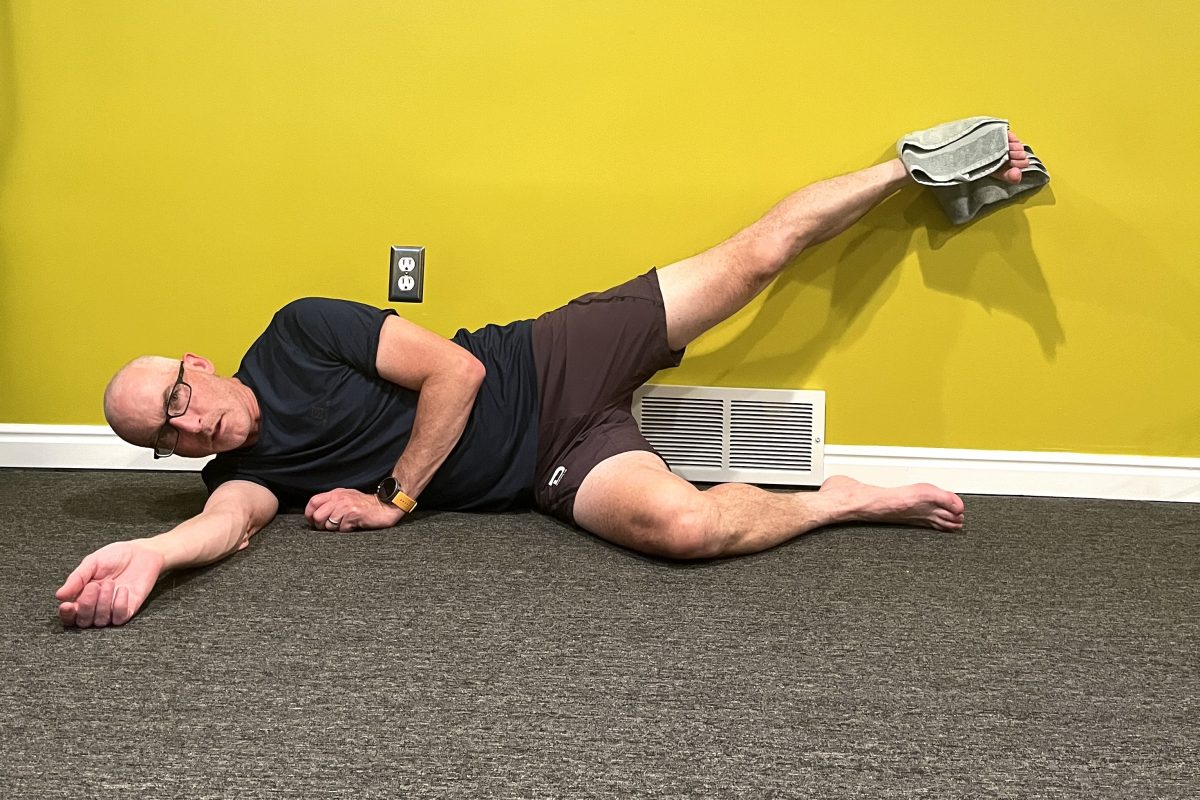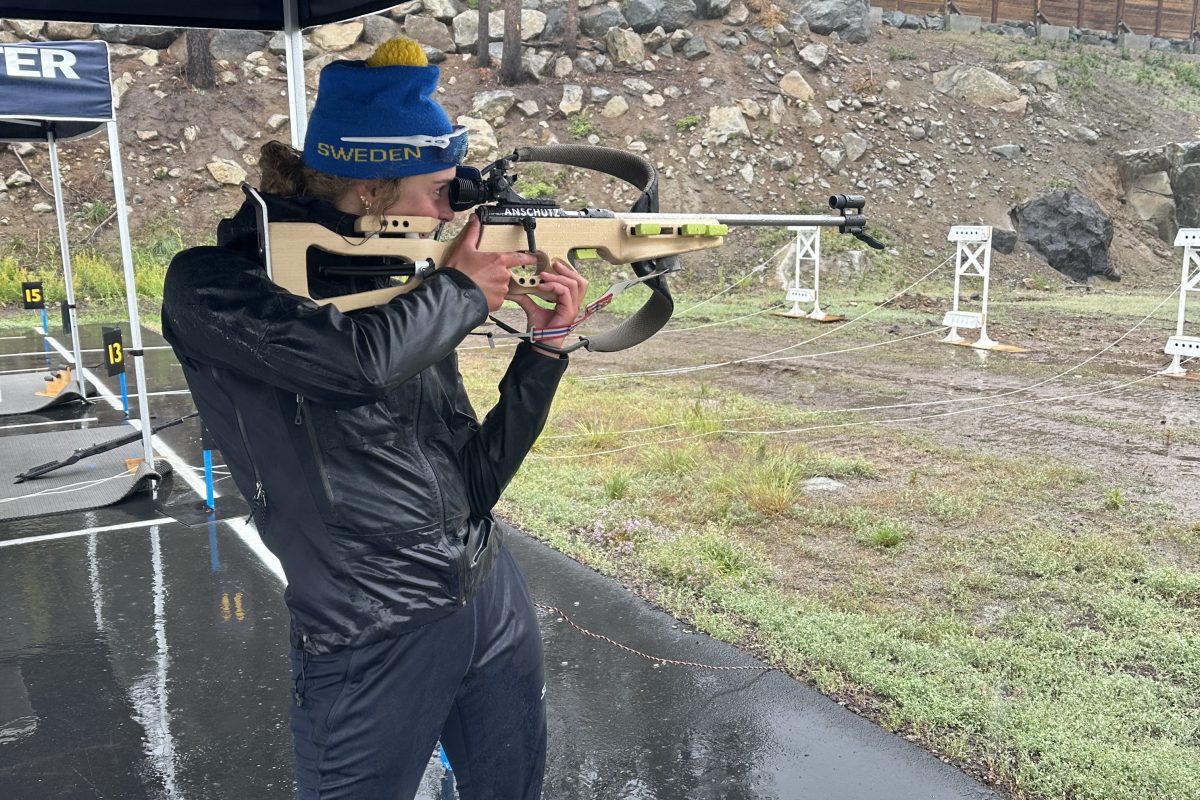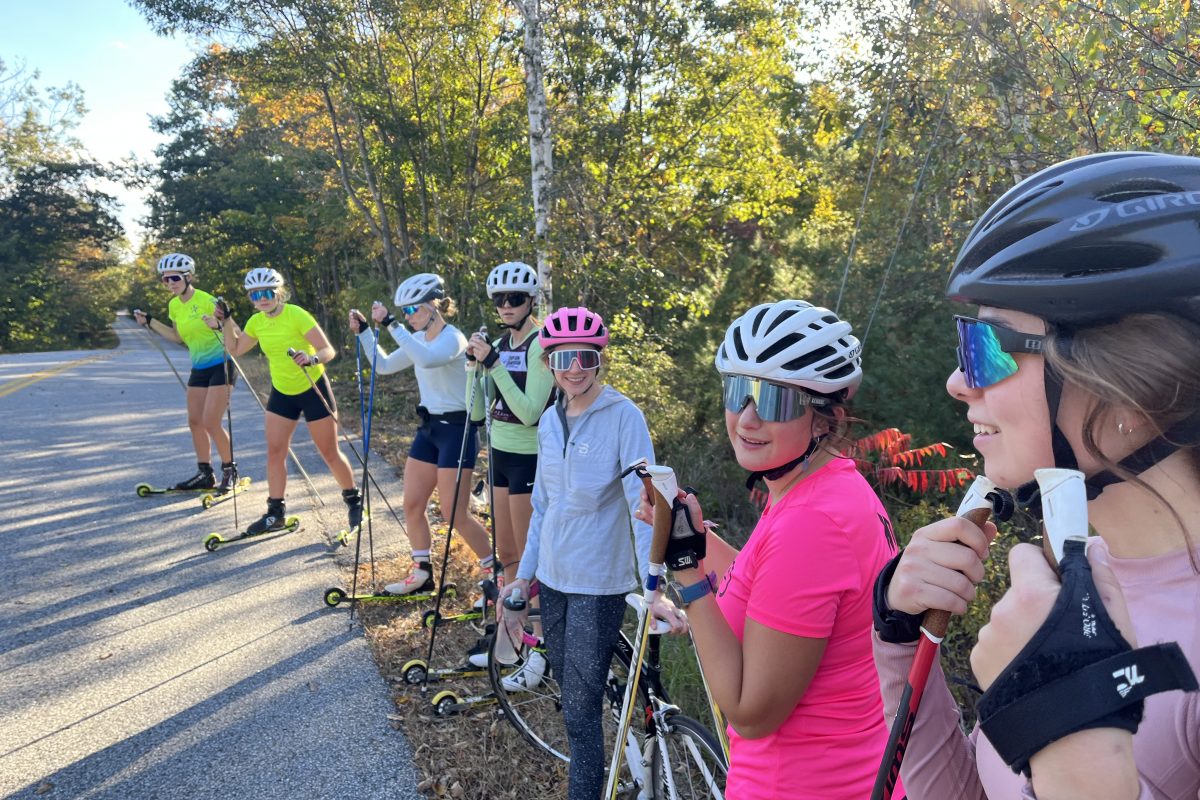 This coverage is made possible through the generous support of Marty and Kathy Hall and A Hall Mark of Excellence Award. To learn more about A Hall Mark of Excellence Award, or to learn how you can support FasterSkier’s coverage, please contact info@fasterskier.com.
This coverage is made possible through the generous support of Marty and Kathy Hall and A Hall Mark of Excellence Award. To learn more about A Hall Mark of Excellence Award, or to learn how you can support FasterSkier’s coverage, please contact info@fasterskier.com.
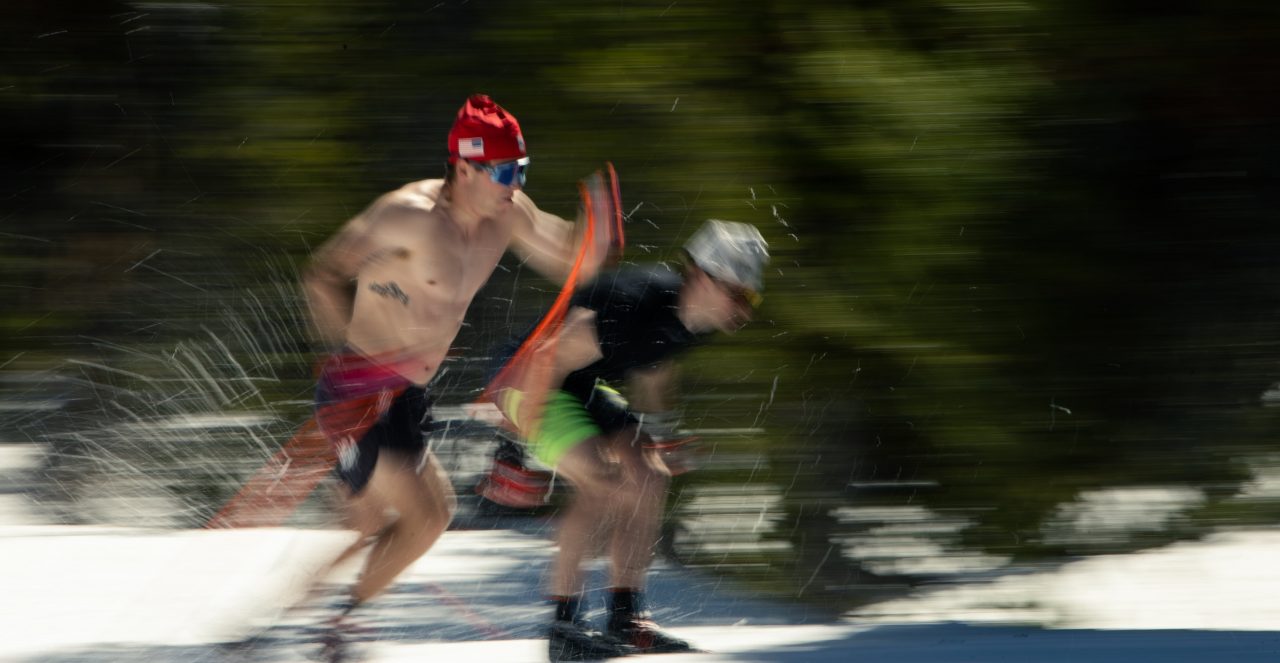
In part one of our interview with U.S. coach, Matt Whitcomb, about Bend spring training camp he told us about training regimens and the team building approach. In part II, Whitcomb talks more about training in Bend and wider ranging topics.
Aiming To Be The Best in the World
A big point of focus at training camp from the team perspective is the standings in the Nation’s Cup. “One of the things that’s sort of a rallying cry for us is the quest to finish in the top three in the Nation’s Cup scoring,” said Whitcomb. “There’s a lot of energy surrounding our Nation’s cup scoring when we talk about our team culture document: team goals that we can rally around. We’ve finished fourth for the last two years. (Losing to Finland in the last weekend for two consecutive years.) This is something that ten years ago we weren’t even discussing. The fact that we’re even in a discussion to be in the top three represents a massive change over the course of the last decade. That’s something we’re very proud of; to be competing on equal ground with the Scandinavian nations, often beating them. In a great year we used to be sixth. Now we know we are often in the top three, we just haven’t finished there by season’s end. That’s a big goal of ours. While we do have a way to go, in particular against the Norwegian men, and the Swedish women, we can see the pathway to becoming the best ski nation in the world. We have the numbers of athletes to accomplish this, we have the number of coaches and clubs. It’s all there. Each of us needs to take a couple of small steps forward, and we’ll be that much closer. But these are levels that we haven’t felt as being tangible targets; now they are. Now that we can see it, we can see the pathway to becoming the best cross-country skiing nation in the world. I think in the near term, on the scale of a decade…the changes that have happened over the last decade…if they happen again, we’ll be in contention for (best in the world). We feel that’s a place we can now actually go, and target.”
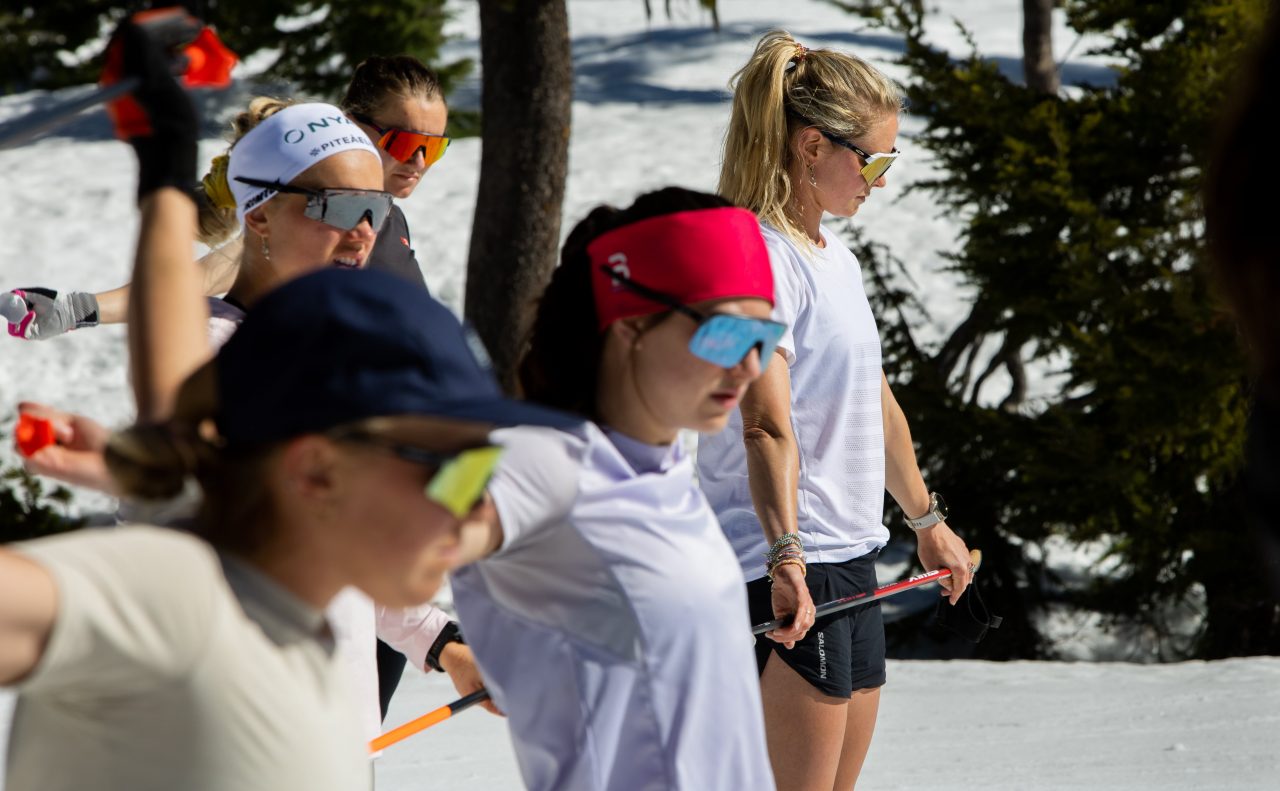
But to do well in the nation’s cup, team USA will have to strike a difficult balance of putting forth the best team while also resting athletes who need it. “There are times when we are not starting our best relay team because we are trying to preserve the long term goals of (individual) athletes. But all the athletes on the team respect any athlete’s need to sit out an event. They all know how hard it is.”
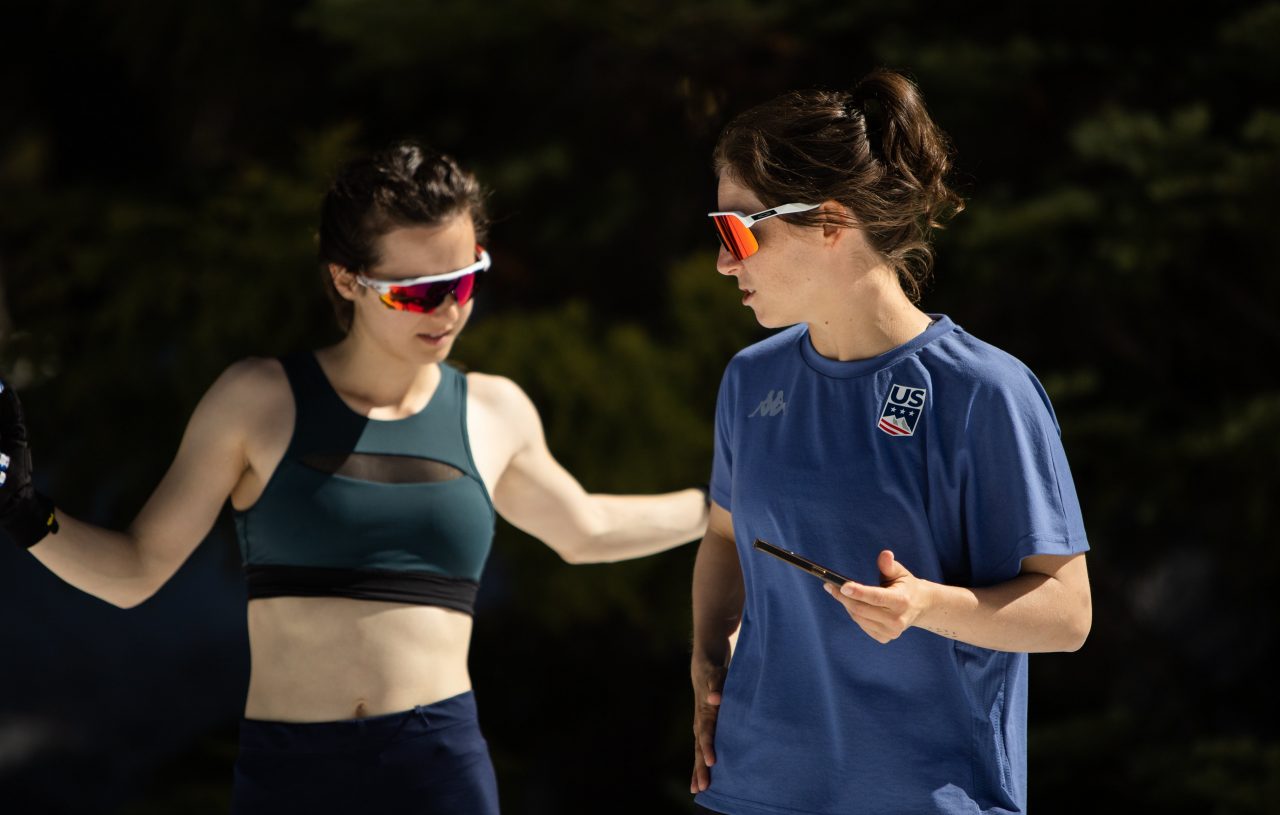
The Next Generation
Whitcomb has noticed a generational shift of sorts with new team members. “The athletes arriving now (for camp) on the development team, they are more professionally prepared, have better technique, and overall are better trained (than they used to be),” whitcomb explained. “The athletes on average are training 100 hours more (per year) than they were ten years ago. We have surveys that we have taken over the years, so we know the training volume has grown, along with that, the level of coaching has grown. We have so many great coaches peppered throughout the country that we didn’t always have.” Whitcomb sees the long term impact of this change. “It gives us more belief in the future of our program, and our ability to compete against the best in the world.”
With a new class of younger athletes coming in, there are new challenges and new expectations. “At this age change happens very quickly, it can happen over the course of a camp. A lot of the athletes are skiing better by week two.”
Along with the heightened abilities of new athletes is also the challenge of dealing with increasing team success. Last year was one of the best ever—if not the best—for U.S. cross-country. Does it create a different level of pressure? “As we’ve improved as a nation, we’ve also improved under pressure,” Whitcomb said. “We’ve learned to utilize the pressure as an asset and resource, we see it as a privilege. On a race day when an athlete is dealing with nerves, you can reframe it and acknowledge to them that they have this privilege of doing something important; it’s not necessarily a negative source of energy. At this time of year pressure is fun and motivating.”
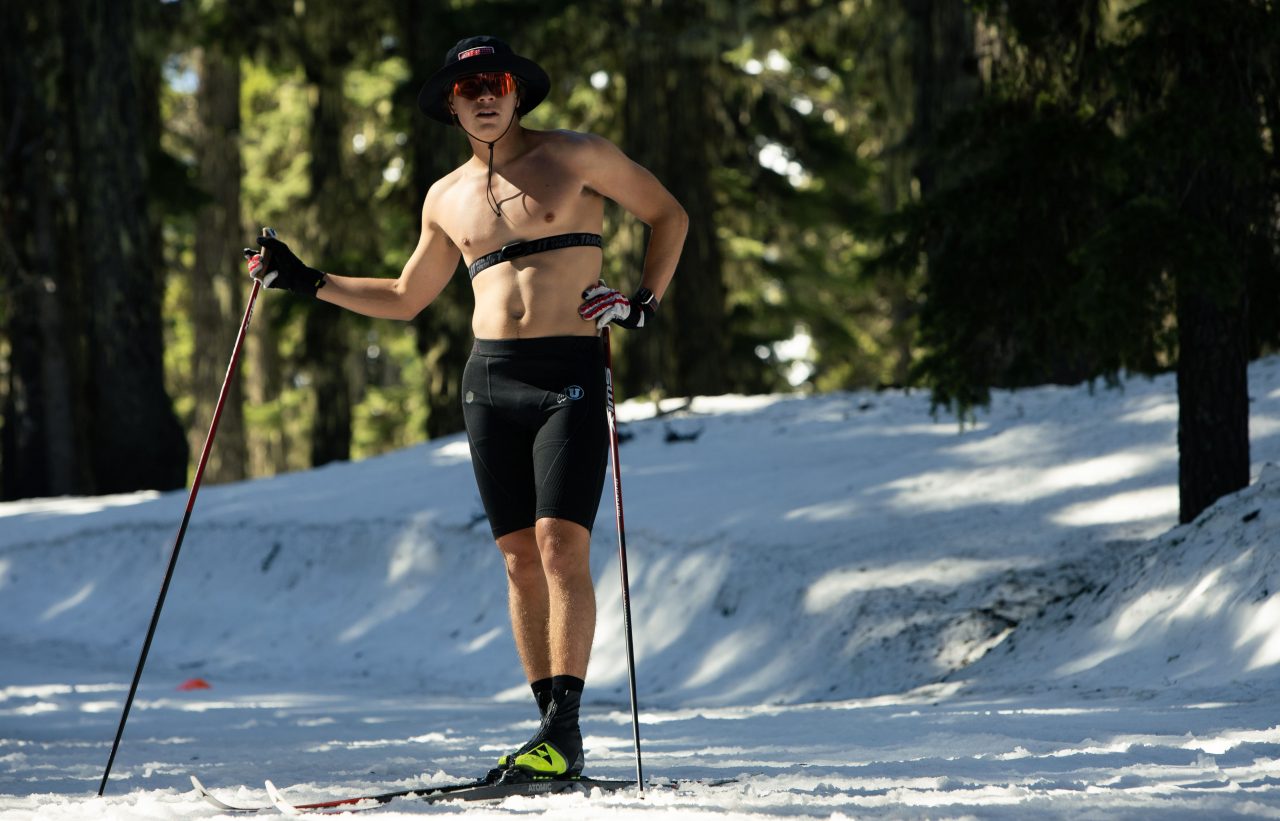
The Bend Chill
Bend is also unique because of its more relaxed atmosphere. “There’s a different tone in our October camps where we’re training at a higher level, we’re training big hours, we’re doing specific time trials,” said Whitcomb. “There’s a layer of stress that doesn’t exist at Bend. An example is we had an athlete get sick (in Bend). He stayed in his room to recover and protect everyone else’s health, but people weren’t really that stressed. That’s a different story on the World Cup where you try to avoid these germs at all costs.”
Ogden’s Status
For world-class endurance athletes, illness is often an issue around which accommodations must be made; Ben Ogden’s presence and performance at the camp was a relief to the team. Ogden is returning from a case of mononucleosis he contracted toward the end of last season that kept him out of the Minneapolis World Cup. Fans will be happy to hear that he is doing well. “Ben is training at a very high capacity,” said Whitcomb. “We are still being careful. We’re probably asking him how he’s feeling more than the other athletes. We want to make sure we’re not starting too early. He’s had a wonderful medical team around him since his diagnosis. I feel like he’s in the place where he’s training at nearly full capacity, and I say nearly just because it’s May, and I don’t know if anybody is training at full capacity just yet.”
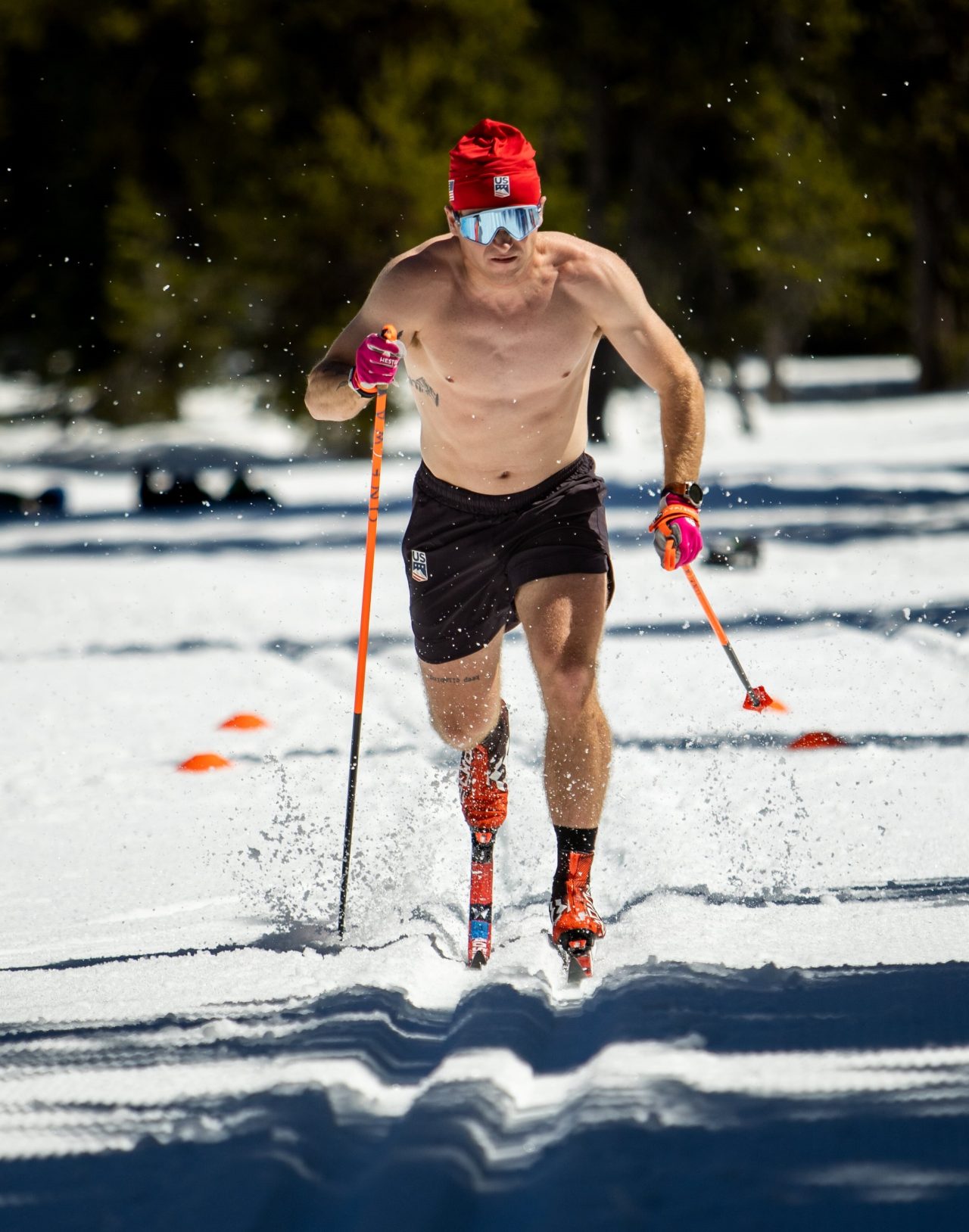
World Cup Developments
Whitcomb is also looking forward to changes which will have to be addressed during the upcoming World Cup season. One of the big changes is FIS’s decision to raise the maximum altitude at which races can be held. Whitcomb doesn’t see that as much of a problem for the American team. “For Americans, I think that’s actually and advantage,” he said. “We tend to race pretty well at altitude because we naturally have more experience at altitude. All of our best athletes throughout the year will be training at an altitude event. That’s not the case for (other countries). I feel like this is something we excel at. I welcome it. We need to be able to access more venues (for snow); I think it’s a good change.”
Whitcomb also shared his thoughts on the potential of Lake Placid, New York, hosting a World Cup. “This is great news. Minneapolis is no longer a one-off amazing experience; it’s a legacy event. The Europeans had such a great experience in Minneapolis that I think we’ll draw a full compliment of World Cup athletes.”
